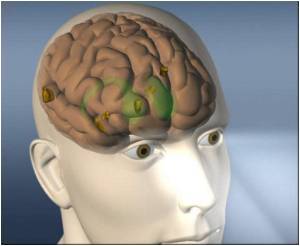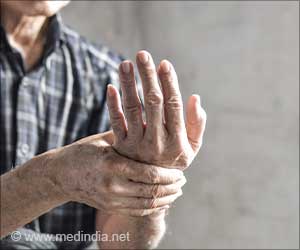
Without treatment two thirds of people with this condition will experience severe loss of sight within two years of being diagnosed. Lucentis, the drug most commonly used in the UK at present to treat wet AMD, costs about £700 per injection and Avastin costs about £60 per injection.
The NHS could save £84.5 million annually based on injecting 17,295 eyes each year by switching from Lucentis to Avastin. Avastin is already used to treat wet AMD in some parts of the UK and extensively elsewhere in the world and also for other eye conditions.
Over the past five years, a team of scientists and eye specialists from 23 hospitals and UK universities, including Queen's University Belfast, University of Bristol, University of Liverpool, University of Southampton and University of Oxford, have investigated whether Lucentis and Avastin and the way they are given are equally effective and safe.
610 people with wet AMD entered a two-year trial known as IVAN which is one of the largest ever carried out in the field of eye disease in the UK. Patients received injections of the drug into the affected eye every month for the first three months. Patients were then subdivided to receive the injections at every visit (monthly group) or only if the specialist decided there was persistent disease activity (as needed group).
The IVAN study's two year results show that sight was equally well preserved with either of the two drugs. Giving the treatment regularly every month, resulted in slightly better levels of sight which was detected through testing of near visual acuity and contrast sensitivity.
Advertisement
Source-Eurekalert











